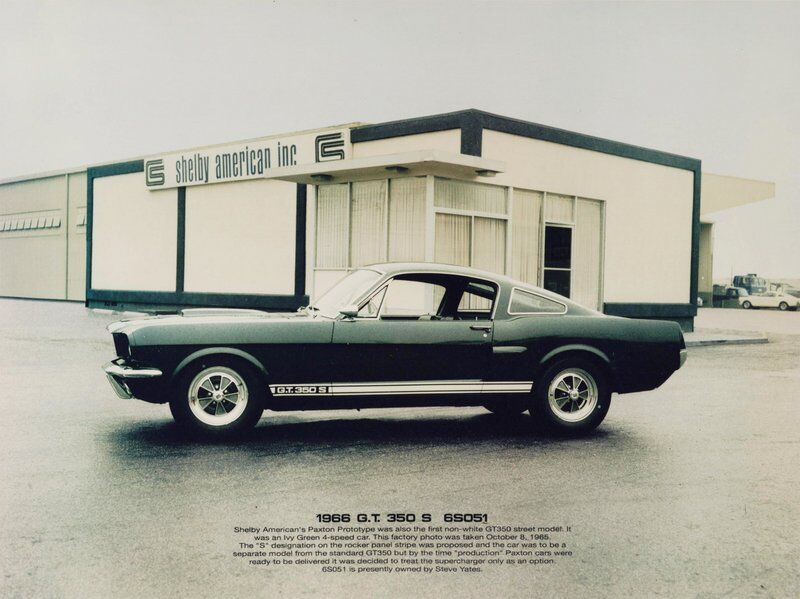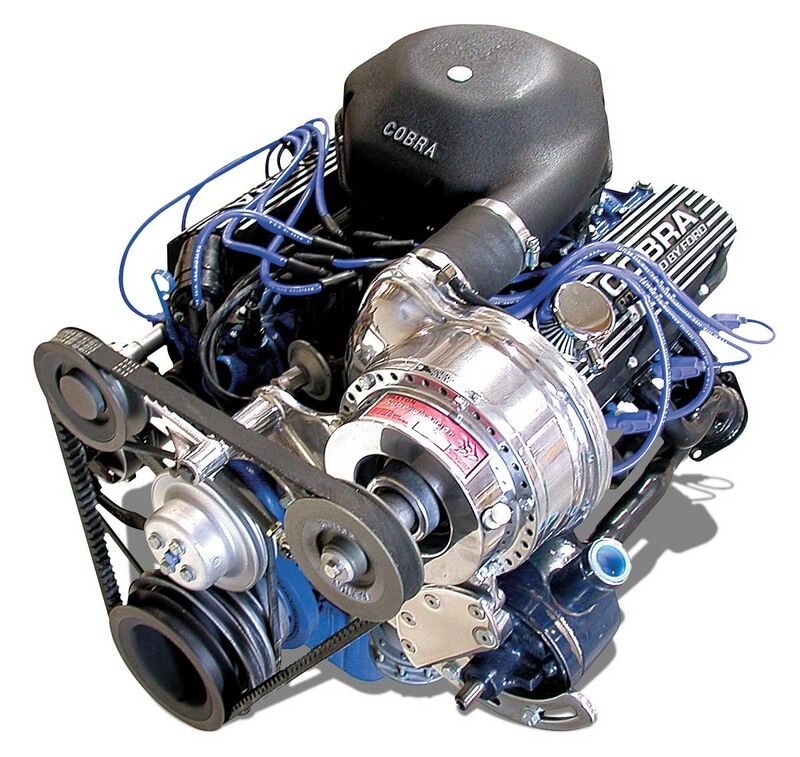The History of Paxton Automotive


Innovator Robert Paxton McCulloch in 1937 introduced his original centrifugal supercharger, a giant pancake-looking device that mounted directly to the intake manifold of Ford flat head engines.
His first reciprocating ball design was developed as an air pump in 1943 for the U.S. Navy to circulate air inside America’s submarines during World War II and later in nuclear submarines.
McCulloch never dropped the concept of an inexpensive, bolt-on aftermarket supercharger for the general public. Extensive research was carried out by Paxton Engineering and in the early ’50s became known as Paxton Products. The first of these compressors was the VS57/VR57 belt-driven blow-through design that ultimately became an option for Kaiser Manhattans, Studebaker Golden Hawks, Ford Thunderbirds, Fairlanes and Edsels.
Paxton engineers also developed superchargers used on the famed Novi Indy race cars. These engines developed some 650 horsepower from 180 cubic inches and simply overpowered everything on the straight-aways, but the cars were not exactly agile in the turns.
The first OEM contract for McCulloch was with Kaiser in 1954. As many as 5,440 superchargers were fitted to Kaiser engines before the company stopped making automobiles in 1955.
Benson Ford, grandson of Henry Ford, was quite active in the Ford dealer network in a position he enjoyed in the family business. It is rumored that as a result of the time he spent behind the wheel of a blown Thunderbird he was a major factor in an exclusive one-year contract awarded to Paxton Products in 1956 for ‘57 production automobiles.
With the onset of the Big Three’s “win on Sunday, sell on Monday” mentality, NASCAR stock car racing was an activity Ford was very much interested in. After the 1957 homologation requirement was met, about 211 Thunderbird “Blower Birds” were produced with Paxton, and a number of other Ford model cars were fitted with compressors, including the Fairlane. These 312-cu.in.V8 “F-code” engines produced power in the 340-360HP range, depending on the camshaft installed. However, Ford conservatively claimed only 300HP. These factory-supercharged Fords dominated motorsports in early 1957, until NASCAR issued a ban on supercharging and fuel injection mid-way through the year.
Ford dealers also retailed the VS57 supercharger system as a dealer-installed “power pack” option. A few dual quad and triple deuce configurations, as well as the conventional four-barrel carburetor set-up, were known to be done.
Aftermarket kits were also offered during that period for such vehicles as the Chevrolet Corvette and Chrysler 300C, in addition to other marques including Cadillac, Buick, Oldsmobile and Edsel.
Through a couple of ownership changes, development work continued in the ‘60s.
Paxton was again vaulted into the automotive limelight when Carroll Shelby teamed up with the company, first on a blown 1965 289 Shelby Mustang and later on a twin-supercharged 427 Cobra. Carroll personally sold the Cobra to comedian Bill Cosby, but it was never made a production item.
The Paxton supercharger option was produced in limited quantities for the Shelby GT-350 Mustang, from 1966 to 1968. This set-up was also available as an over-the counter dealer installed option on standard small-block V8 Mustangs from 1965-‘72.
Shelby and Paxton created another unique prototype in early 1967. This GT500 coupe, known as “Little Red”, inspired Ford to build the highly collectible 1968 California Special Mustang. Little Red featured a Paxton blown 428 Shelby-built powerplant that was said to “chirp the tires at 80 MPH” with its estimated 500HP+.
In the early-to-mid ‘80s, as OE performance began to return, Paxton became the first aftermarket supercharger manufacturer to release a 50-state legal 5.0L Mustang street system using an updated version of the SN-60 reciprocating ball-drive unit known as the SN-89.
That formula caught on quickly, ushering in a new era of centrifugal supercharging.



